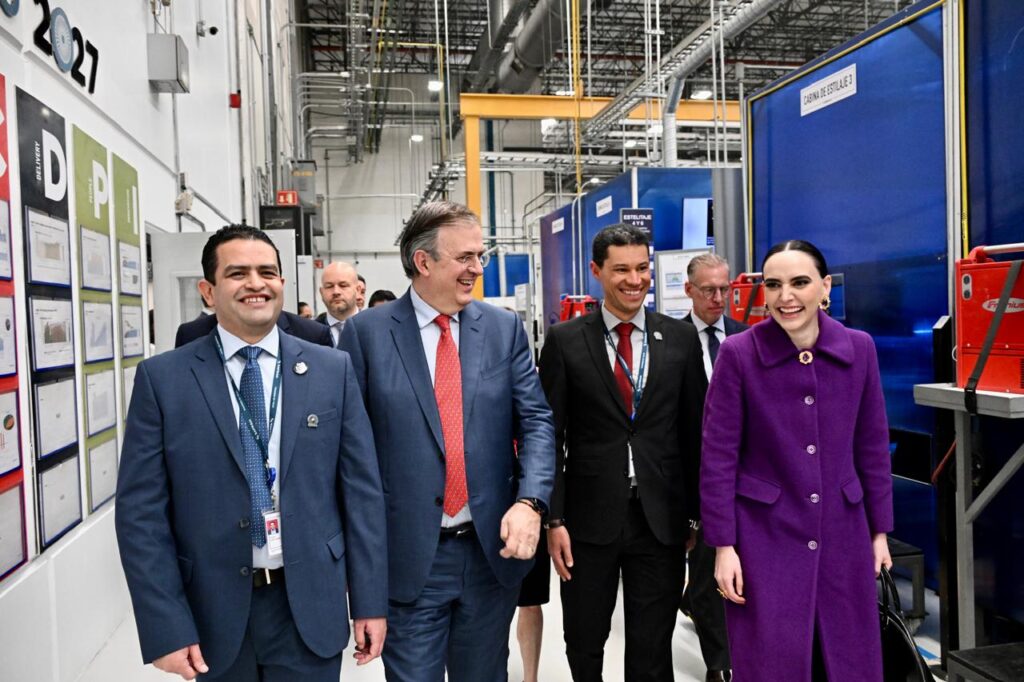Sanfran’s investment in the expansion of an engine plant in Querétaro, Mexico, amounts to US$50 million.
Who is Safran? It is the world’s second largest aeronautical equipment manufacturer and supplier, providing aero engines to Boeing and Airbus.
This company has continued to benefit from the return of air traffic to pre-pandemic levels, as well as the lifting of travel restrictions in China.
Safran began 2023 with a record order from Air India, powered exclusively by its CFM LEAP engines with a service contract for 800 engines in total.
Sanfran’s investment
CFM International (a 50-50 joint venture between Safran and General Electric) is a leading supplier of Airbus A320ceo and A320neo and Boeing 737 NG and 737 MAX, with 50 years of commercial success.
The Querétaro plant expansion will start operations in the second half of 2025. There, Safran plans to produce 100 engines by 2027. These engines are already manufactured in France and the United States.
At the inauguration of the plant expansion event, Marcelo Ebrard, Secretary of Economy, told an anecdote: Francisco I. Madero was the first head of state in the world to board an airplane. That aircraft was French. His merit consisted of trust. At that time, Heads of State did not get on airplanes for fear that they would fail.
Ebrard linked that fact, asking the executives attending the event to trust in Mexico and in how this country will manage, according to him, to maintain a good relationship with the United States and the growing integration with North America. All this in the context of the uncertainty generated by Donald Trump’s second term as President of the United States.
Aeronautics business
Safran makes most of its money in the civil aftermarket (service and parts), which also grew strongly.
In addition to the propulsion business, Safran has an equipment and defense business that has won contracts, including a contract from American Airlines to upgrade its 737NG fleet from steel to carbon brakes for more than 300 aircraft.
Safran has been strengthening its business strategy. The company has sold non-core assets worth €400 million. This includes its cargo and catering business. In addition, it has made acquisitions totaling €600 million. These acquisitions have supported its growth and strengthened its ground-to-space communications equipment. They have also improved its navigation and positioning platforms.
On the other hand, the interiors business has faced difficulties. This segment has generated losses for the company. Safran has confirmed that problems in the seat supply chain and cost overruns in engineering and production have affected its performance in this area.

